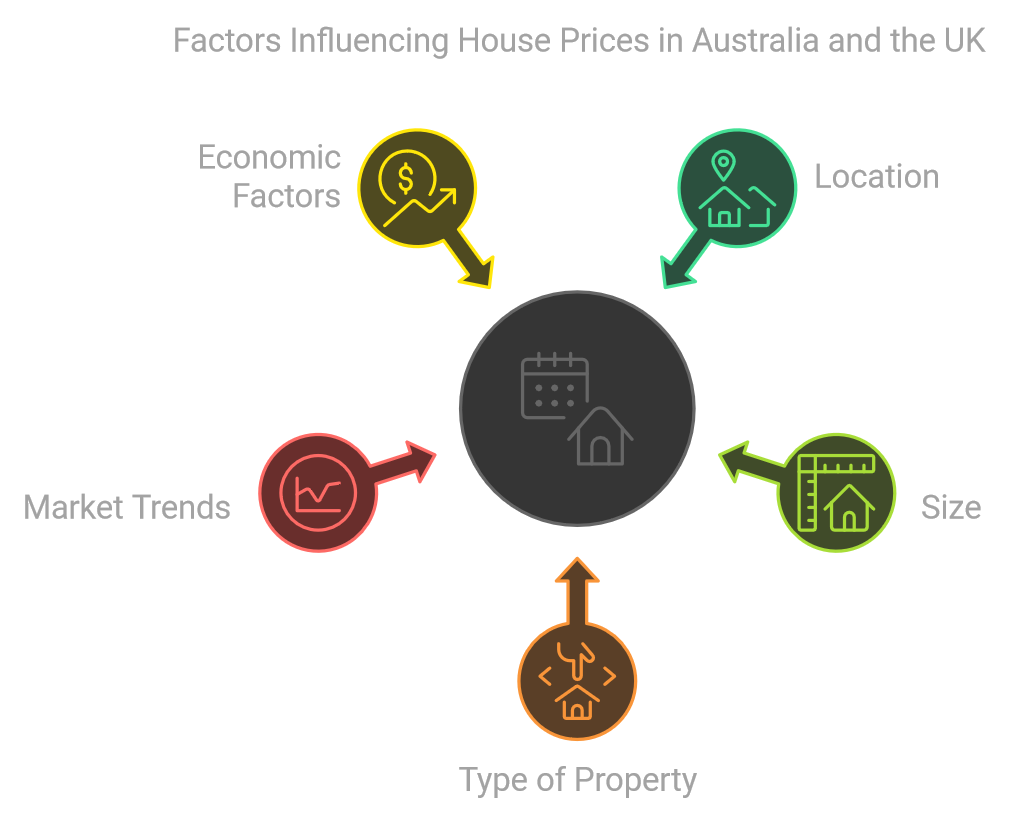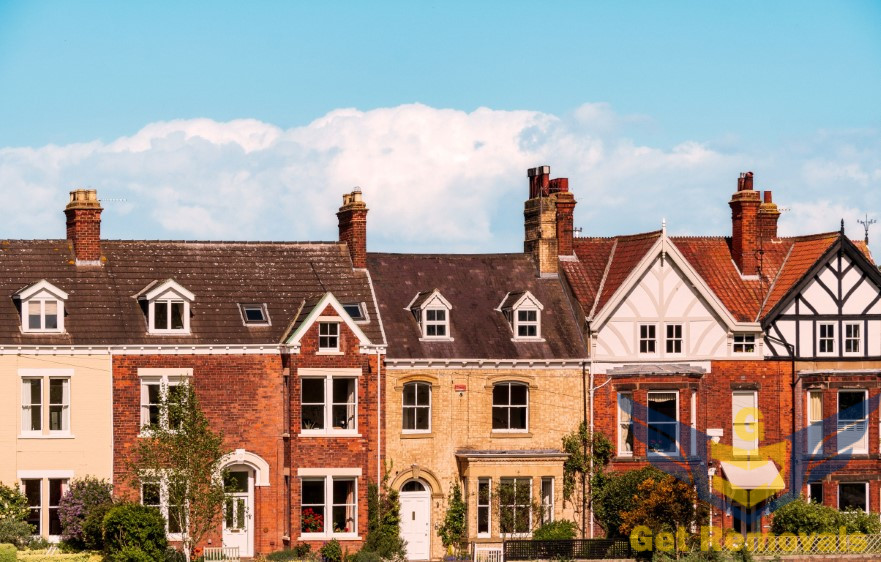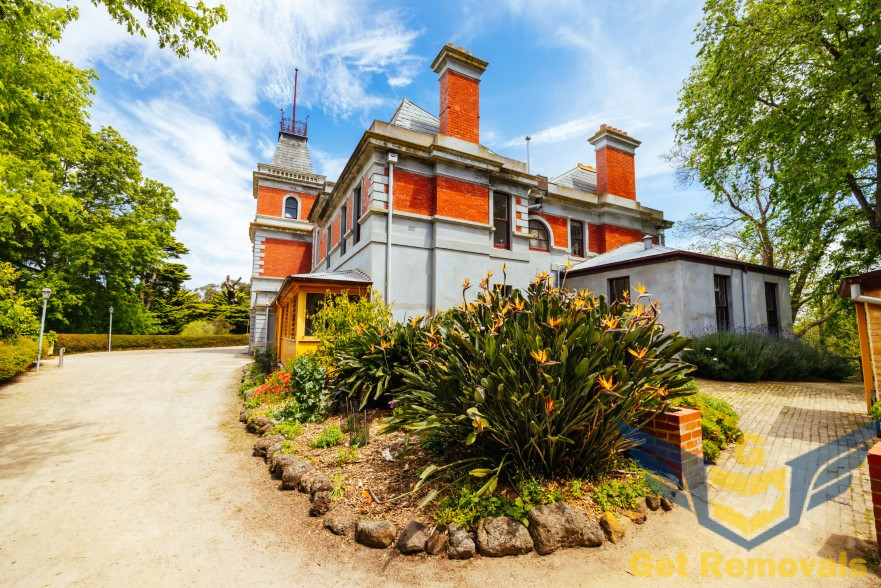
Australia and the UK share the same language, some of their history, and drive on the same side of the road, but are residential properties in both countries the same, or not?

In both the UK and Australia, how much one pays for a house will depend on the same factors like size, location, and type of property. At the moment, the average price of a home in the UK is £267,100. The average house price in London, though, is £613,000 for new builds and £518,000 for existing properties – which is quite a dramatic difference(GOV.UK). Of course, living in Australia vs the UK means that you’ll notice housing costs can vary greatly depending on which side of the globe you’re on. Whether one lives in or outside the city centre impacts the affordability of private rentals, particularly for international students making housing decisions. In Australia, a house in Hobart will set you back an average of AUD 640,000 (£336,000), while a home in Sydney would cost an average of AUD 1,253,759 (£659,000). As the difference in figures in the UK and AU is substantial, it is best to view these prices as how much you get for your money. International tuition fees for bachelor’s and master’s programs also vary significantly between the two countries, often being cheaper in Australia.
Australia’s major cities have some of the highest property prices in the world. Comparing house prices Australia vs UK, it’s clear that the cost of living can be much steeper Down Under. Size-wise, Australia has the largest residential properties in the world. The Australian Bureau of Statistics conducted research in 2011, showing that Aussie homes average at 215 square metres of floor space. This is fifteen square metres more than homes in the US (being second largest in the world, on average) and three times larger than the average British home. Open-plan living is a standard throughout Australia, which may seem like you are getting a fair bit of house for your money.
The Build of Homes in the UK and Australia


The build of homes in the UK and Australia is also different. UK homes are considerably sturdier as they lay on stone foundations, have thick walls, and are generally made to last hundreds of years. This applies to all cottages, terraces, and other period homes seen in the UK. However, the laid-back lifestyle of living in Australia means that you’ll see more single-story homes built for comfort and ease. Private health insurance is an optional choice in Australia, often available through employer contracts, and works in tandem with the public Medicare system. The saying ‘investing in brick and mortar’ has a somewhat different meaning for Australia. Traditional homes in Australia are not flimsy but definitely not as heavy-duty as their UK counterparts. Of course, there are brick houses all over the place, but there are also beach houses and the typical ‘Queenslander’ weatherboard home, propped on stilts to avoid flooding – seen in the country and more rural areas. Plus, with a higher average weekly wage, Australians have a wider range of options when it comes to purchasing property.

Australia is known for its outdoor way of life, which is also one of the main reasons why Brits feel so attracted to it. Having said this, do you get more or less outdoor space with your home in Australia than in Britain? Well, for starters, it must be said that in both the UK and Australia, people are paying more money for smaller plots of land. The Urban Development Institute of Australia has put out figures showing that in the last ten years, blocks of land in AU’s five largest cities have gone down in size by 10% and up in price by 78%. And when you factor in the petrol costs, recreation costs, and restaurant prices, living in Australia comes with both substantial benefits and higher living costs. Transport costs also play a significant role in the overall cost of living, with public transportation and fuel expenses impacting residents’ budgets. If looking to buy land in Australia, you better hurry because at the moment, new homebuyers are paying a whopping 148% price increase compared to ten or so years prior. Transportation costs, including commuting expenses and fuel prices, further illustrate the differences in affordability between the two countries.
Despite all this, living in Australia compared to the UK still draws many due to the charm of its outdoor lifestyle. So, which country has the better homes? The answer is – it depends on what you are looking for. Sturdy but small and cozy – UK; spacious, modern, and bright – Australia.
